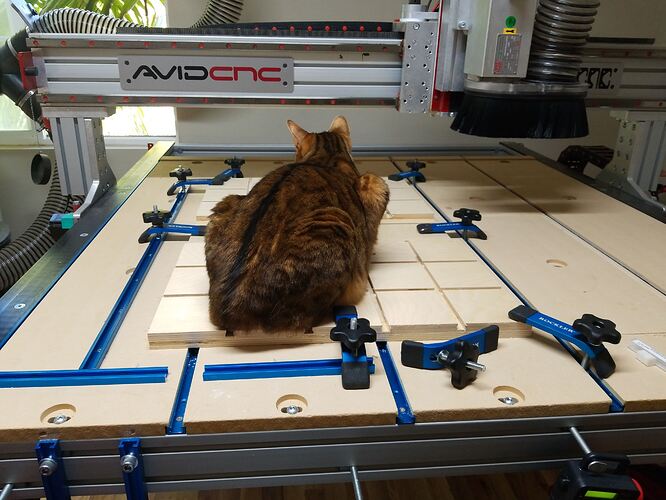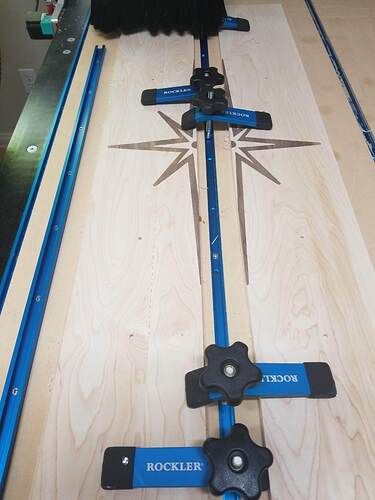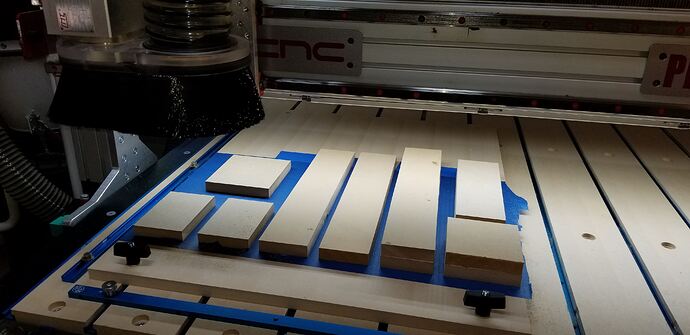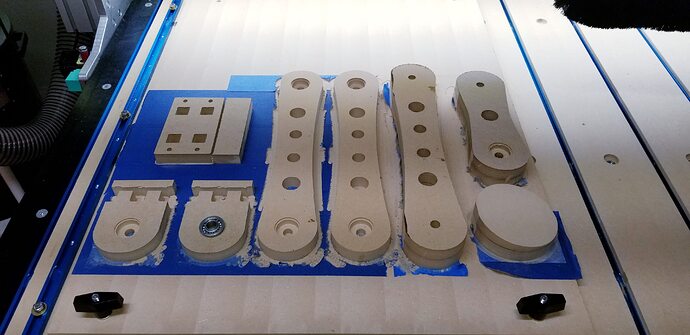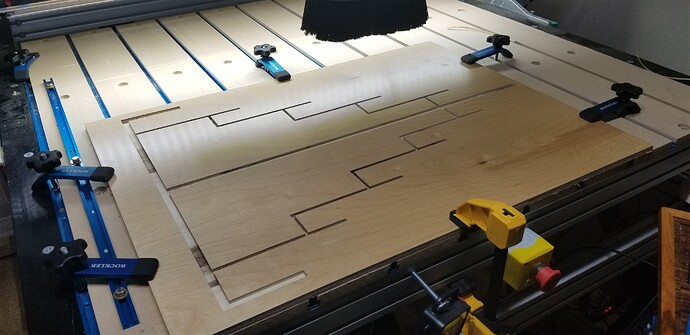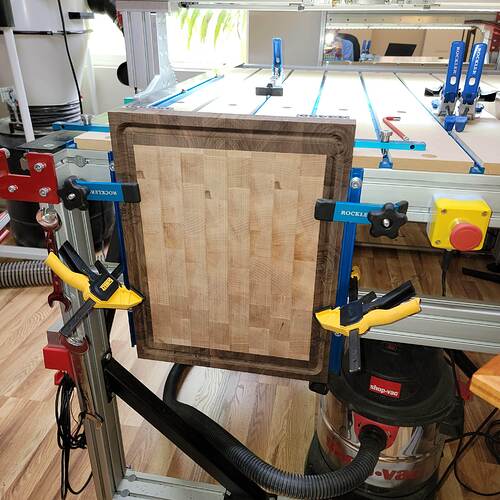I’ve been doing a lot of cutting over the last two years and TBT I never use an upcut anymore or compression. I can’t stand the tearout with an upcut on plywood (which I have done a lot with) or really with any type of wood. It is true though that you have to slow down to allow the chips to clear. I use GWizard for my feeds and speeds and after hundreds of cuts it has not let me down (sorry Jerry it’s true.  ). Get the free version and get ready for the spam flood.
). Get the free version and get ready for the spam flood.
If you want to use a compression (have a couple really good ones that I never use) you have to think about how it is configured. When you do the first pass it is essentially an upcut and will result in tearout. The way to be successful is to leave a small amount of material, do the cuts and finish the profile with a finishing pass of the full cut. With the bit in this position you get the full benefit of the compression. The upcut on the bottom surface of the material and the downcut at the top. Or you could just use a downcut and keep close track of your machine bed Z. Btw, this only works if the upcut portion of the bit is shorter than the thickness of your material.
Here is my plywood process for a profile cut.
- Start with a downcut. Get the feed / speed from G-Wiz to program the toolpath.
- Set the machine bed as Z zero. I have the touch plate but it’s faster to do it another way. I have a machinists brass reference block that is a .5 inch “stick” that I set on the table. I lower my DC bit to just a little lower than the block and raise it 1 mil at a time until the block just slides under the bit tip using this device. Thanks Howard! This gets about as close to exact as possible and is faster than using the touch plate. I also like leaving a few thousands of material (it’s called onion skinning) on the bottom of the ply. You can push through the skin with your finger and then run a sand block across and it does not tear the material out. This also saves your spoilboard from looking like a war zone.
- I can’t remember if you have the ability to do this on ShapeOko but I set my first pass and last to .032 and use the 1/2 bit dia DOC for the inner passes. I’m not sure if this is necessary but it always works and I’m never in a hurry. Plus it’s so cool to see the clean line that this process cuts in the ply.
Anyway good luck! Congrats on your new toy…
Perry

 ). Get the free version and get ready for the spam flood.
). Get the free version and get ready for the spam flood.